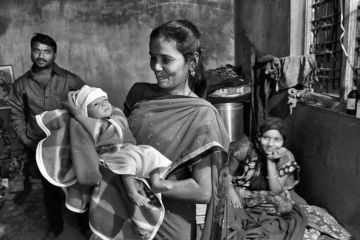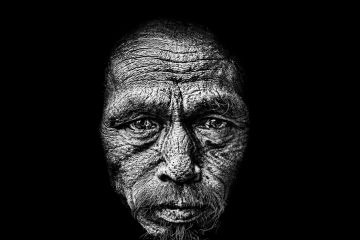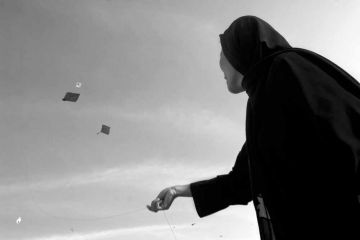More than 8,000
Dongria Kondh live in the dense forests of the Niyamgiri hills of Odisha.
Virtually unnoticed until 2006, they came to public attention when they
peacefully fought the mining giant Vedanta Corporation to save their sacred
mountain. Though they won the first round of the battle the war is far from
over.
Trapped between the
state government and the Maoist rebels, the Dongrias are struggling to maintain
their eons old traditional eco-friendly way of living.





